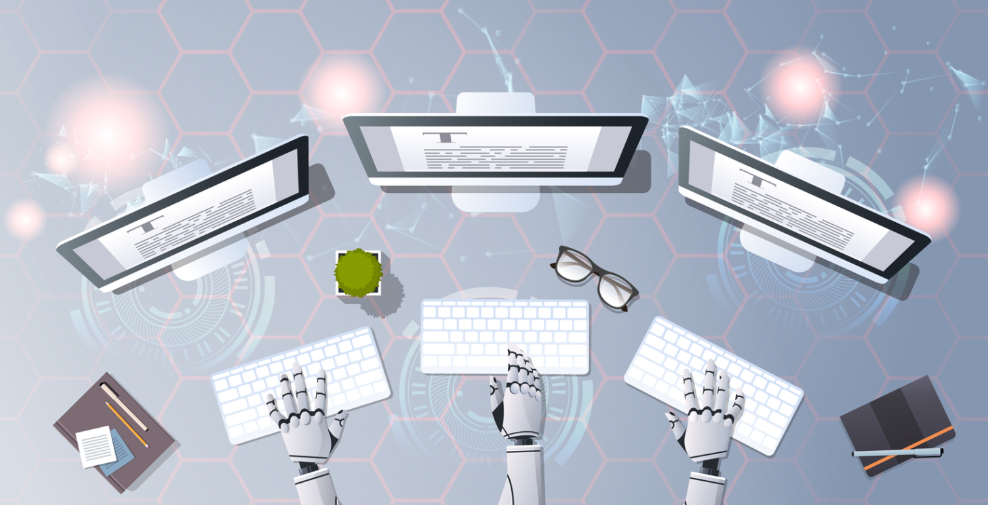
GPT3 is currently arguably the best AI tool for text generation, a machine learning model that uses deep learning to produce human-like text.
As more and more people are using AI assisted tool to generate contents, there are some potential risks that could arise.
Risk 1
The first one is that over-reliance on AI tools could lead to contents that are not original and lack creativity.
If people become too reliant on AI tools to generate content, the originality and creativity of that content may suffer. This is because AI tools often lack the ability to generate truly original ideas, and instead simply regurgitate information that they have been fed. As a result, the content that is produced may be dull and uninspired. Additionally, if people rely too heavily on AI tools to generate content, they may begin to lose their own ability to generate original ideas. This could have a negative impact on their own creativity and originality, as well as on the quality of the content that they produce.
Additionally, contents generated by AI tools may not be able to pass plagiarism detection software. This is because AI tools often simply rearrange or paraphrase existing information, rather than generate truly original content. As a result, the content they produce may be flagged as plagiarized by software designed to detect plagiarism. This could lead to the content being rejected or removed, which would be a waste of time and effort.
Risk 2
The second potential risk of using AI to generate content is that the content may be inaccurate or misleading.
This is because AI tools often do not have the same level of understanding of the topic as a human would. As a result, they may inadvertently include inaccurate information in the content they generate. This could lead to people being misinformed or misled by the content. Additionally, if the AI tool is not configured properly, it may generate content that is biased or discriminatory. For example, if a tool is trained on data that is biased against a certain group of people, it may produce content that is similarly biased. This could lead to the further marginalization of already marginalized groups.
Risk 3
The third one is that the use of AI tools could lead to job losses for content creators.
If people begin to rely too heavily on AI tools to generate content, it could lead to job losses for content creators. This is because AI tools can often do the same job as a human content creator, but at a fraction of the cost. As a result, companies may begin to prefer to use AI tools rather than human content creators, in order to save money. This could lead to content creators losing their jobs, as well as to a decline in the quality of content, as AI tools are not yet able to match humans in terms of creativity and originality.
Risk 4
The fourth potential risk is that the AI tool could be used to create contents that are offensive or hateful in nature.
If an AI tool is not configured properly, it may generate content that is offensive or hateful in nature. This is because AI tools often simply regurgitate information that they have been fed. As a result, if the AI tool is fed offensive or hateful information, it may generate content that is similarly offensive or hateful. This could lead to people being offended or hurt by the content and could potentially cause social unrest. Additionally, if the AI tool is used to genera a large amount of content, the offensive or hateful content could be spread widely, potentially causing harm to many people.
Summary
As we can see, there could be some potential risks associated with using AI to generate content. However, on the other hand, these risks might be mitigated by ensuring that the AI tool is configured properly and used in conjunction with human input.

